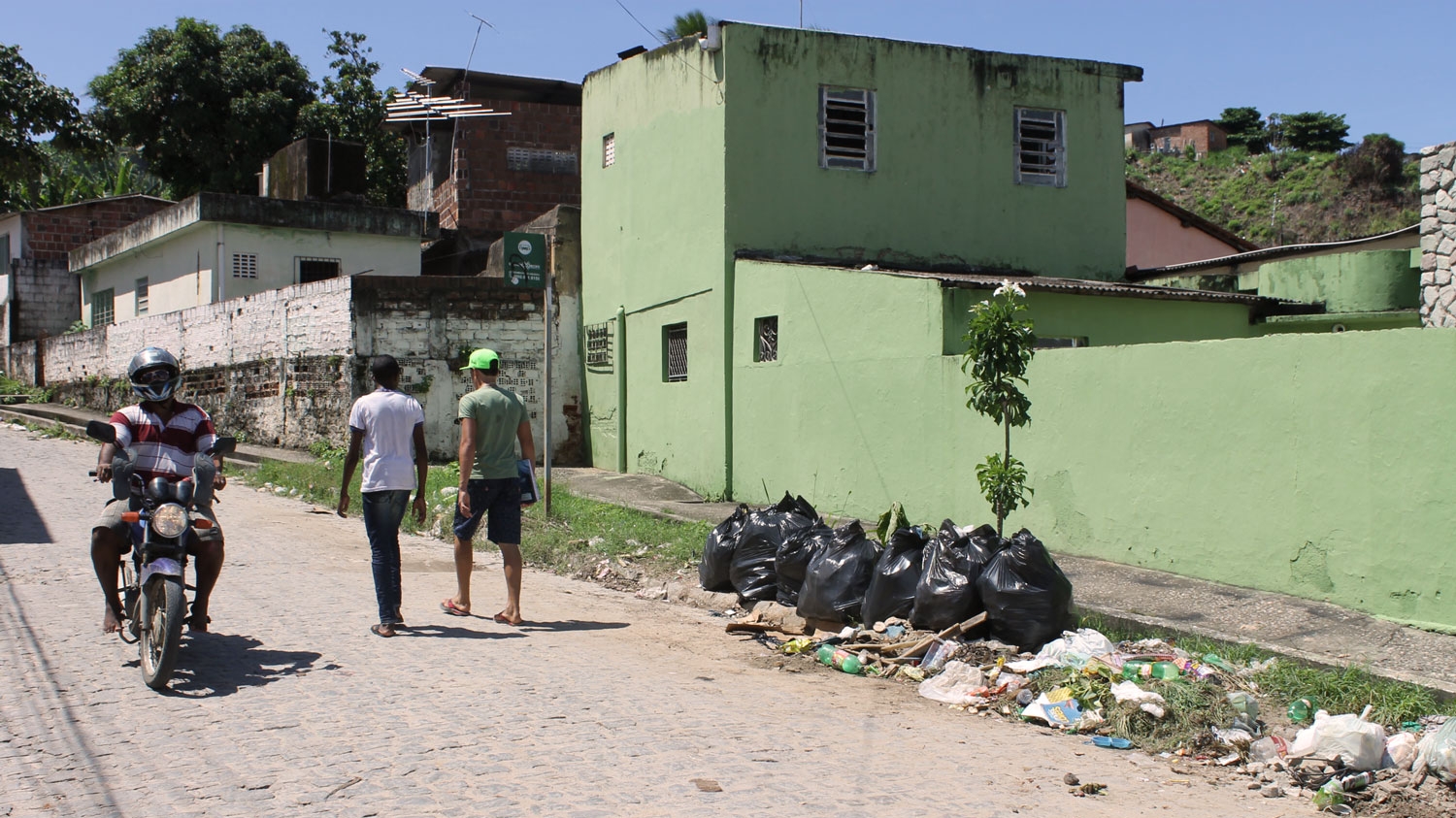A desolate, poorly-lit street and an overturned dumpster. Open bags of trash and garbage scattered on the sidewalk. Would you walk alone there? Your sixth sense may advise against it.
However, it is not only instinct that keeps us from walking down that road. Several years ago, a whole theory was developed which reinforced the idea that having clean, ordered streets and well-lit, maintained public spaces can discourage criminals and gangs.
Urban neighborhoods of Latin America and the Caribbean are home to 70% of the region’s poor. There, where the poorest people live, public spaces often lack basic infrastructure, a water supply and garbage collection services.
The region also has some of the highest rates of crime and violence in the world, with an average of 29 homicides for every 100,000 people (as compared with a global average of seven for every 100,000). Additionally, the lack of formal environments tends to generate conditions conducive to crime and violence.
“A disorderly space with garbage gives the impression that people are not taking care of that place,” explains John Morton, World Bank environmental expert. Therefore, if a neighborhood tolerates disorder, whether that means throwing trash on the ground or dirty streets, it could – hypothetically – produce an environment more conducive to crime. For criminals, this type of disorder suggests that crimes will not be reported or controlled, in other words, that no one is in charge. “It is a symptom and also part of the cause; the neighborhood seems more defenseless,” says Morton.
A recent experience in Kingston, Jamaica is proof of that.
In Central Village, a neighborhood with high crime and unemployment rates, streets were cleaned to recover public spaces. “Garbage was constantly present in the community. This sent a signal that no one cared about the place; it was an invitation for vandalism,” says Mona Sue-Ho, a social development expert at the Jamaica Social Investment Fund (JSIF), which implemented the project with World Bank support.
Streets were paved and repaired, public spaces were cleaned and dumpsters were installed. Additionally, a garbage collection service was established.
The project also helped mobilize the community, which led residents to propose new initiatives. One of them was the environmental guards, who are responsible for keeping the area clean and encouraging neighbors to recycle and to properly dispose waste. “It makes me feel good to have clean streets,” says Tamara Reed, a neighborhood resident.
Additionally, several national initiatives to prevent violence were launched. Neighborhoods such as Central Village also implemented specific activities such as skills-development and family support programs, among others, which address a variety of risk factors that contribute to crime and violence.
Safer neighbors
Removing garbage from the streets is part of a broader strategy known as “crime prevention through environmental design,” a Canadian methodology that seeks to reduce opportunities to commit crimes, as well as to minimize the fear of the community through the design of safer cities. The strategy has to do with the neighbors’ desire to recover and claim ownership of public spaces. It focuses on improving urban spaces rather than employing hard-handed tactics.
“To feel safer in our cities, we need to recover something we’ve lost -- human contact,” says Chilean architect Macarena Rau Vargas, president and founder of the Corporation for the Prevention of Crime through Environmental Design during her latest TEDX talk in Argentina. “We need to connect with the neighbors to feel safe,” she said.
Waste management plays a key role in maintaining public spaces through improvements in garbage collection, street cleaning, optimization of dumpsters and programs that encourage garbage reduction.
Part of the solution
“Cleaning is not going to fix everything, but it definitely helps,” says Morton. Joan Serra Hoffman, a social development and citizen security expert at the World Bank, agrees: “Maintaining public spaces can increase informal controls, but it is just one aspect of all that municipalities can do to reduce crime and violence.”
“Physical disorder is just one symptom of many other deficiencies. Those same neighborhoods often have no secondary school nearby where young people can study, nor is there access to basic services,” she says. “There is no magic bullet, but there is empirical evidence in the region that community driven strategies targeting youth and at-risk families can address factors contributing to crime,” she says.
Accordingly, programs with a comprehensive focus are crucial for reducing crime. Some initiatives involve young people, not only in solid waste management in their community but also as in activities that serve as alternatives to crime and violence.
One of these is Paraguay’s Cateurá Orchestra. “This cello is made from an oil can, boards and a spoon for making gnocchi,” says Bebi, a member of this Paraguayan group, which makes musical instruments for vulnerable children and young people from objects found in the Cateurá Dump, on the outskirts of Asunción.
Despite their limited resources, the orchestra has now travelled to more than 25 countries and was the opening act of the Metallica rock group. In the words of orchestra conductor Favio Chávez: “The world gives us garbage; we give music in return.”

